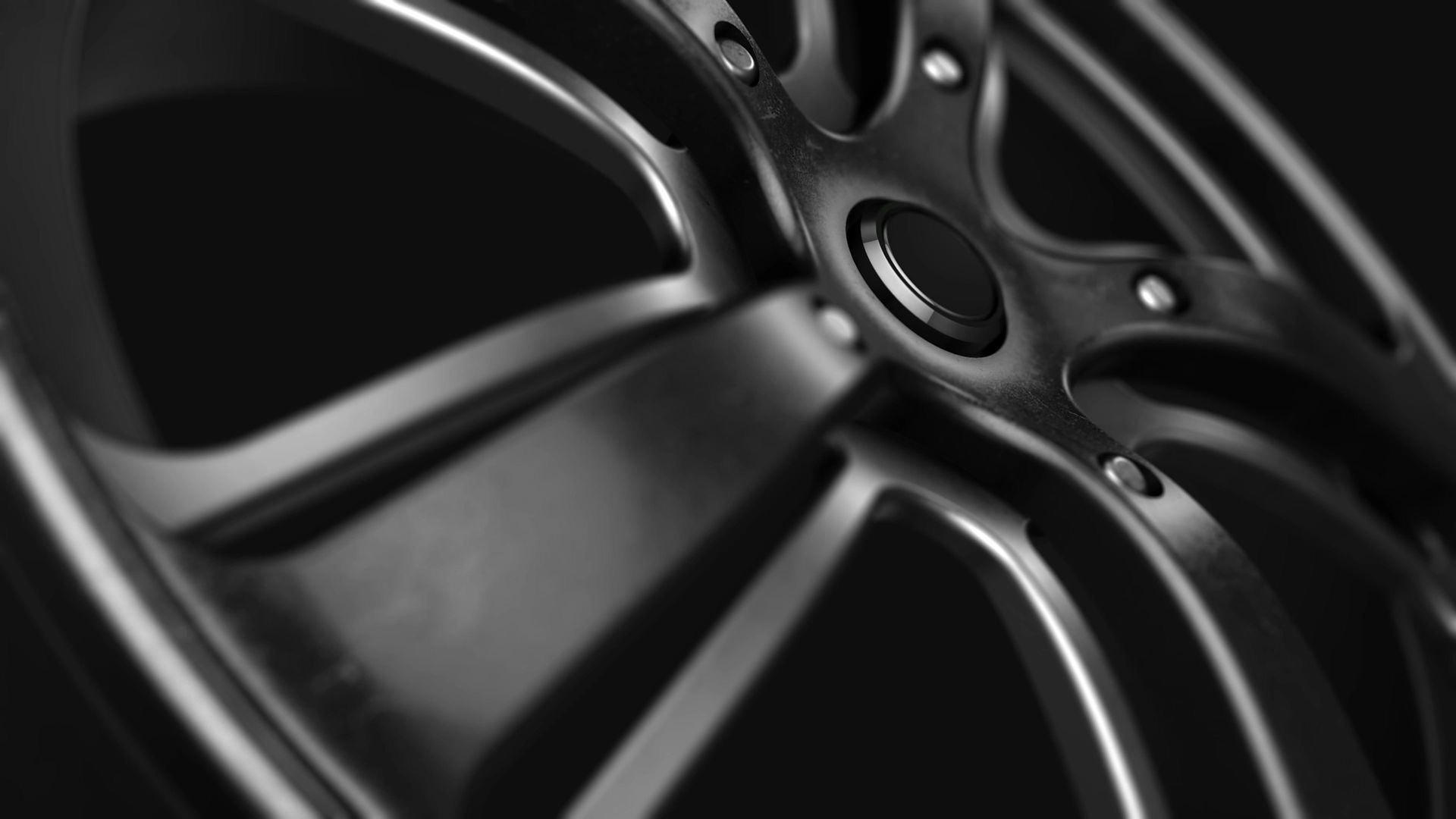
Structure and Function
"If you want to understand function, study structure."
Francis Crick

Structure is the way something has been built or designed by humans, or the way it is arranged, shaped, or grown in nature.
Function is the role, job, or purpose of something.
In nature, specifically in living organisms, we find that structure determines function. In other words, the way something is arranged will determine what it does and how it works. This is true in the world we can see around us, as well as at a microscopic and molecular levels.
A clear example of structure-function relationships can be seen in the bones in our body. To be specific, let's look at the humerus bone. This is the bone that runs from your
elbow to your shoulder. At the distal end is a hinge-like structure. This allows your forearm to bend up and down. It functions to bring your hand towards and away from your shoulder.
The proximal end is shaped very differently. It is a ball-and-socket joint, which allows for up and down motion as well as rotation. This gives it the function of reaching in front and behind, as well as above and below the shoulder. Imagine how differently our arms would move if both ends were hinges. Or if both ends were ball-and-socket.
For animals that walk on four legs, the humerus serves a different purpose. Therefore it has a different structure. Natural selection has favored a humerus that is designed to support the animals weight, rather than reaching behind the animal. This image of the deer humerus shows that they are much thicker and come down at a different angle. This difference in structure enables the front limb of a deer to have a different function, that of a front leg, rather than an arm. It is the structure of the bone that determines its function. The bone's shape gives it a different purpose.



Writing and Speaking about Structure-Function Relationships
Students often struggle with how to discuss structure and function when writing, or when speaking with their peers.
Here are some sentence frames to help with the discussion:
-
How is __________________'s function determined by its structure?
-
How does the structure of _____________ help determine its function?
-
How would the function of _______________ be different if the structure of ______________ was more ___________________?
-
How does the difference in the structures of ______________ and _______________ relate to the different functions they perform?
-
_________________ is arranged in a way that allows it to perform the function of ____________________.
-
The shape of the animal's _______________ is the key to its ability to _______________. This pattern shows that a structure-function relationship exists.
-
There is a structure-function relationship. Both organisms have a similar structure. The _____________ allows both species to ____________________.
-
The evidence does not show a clear pattern. No structure-function relationship exists.